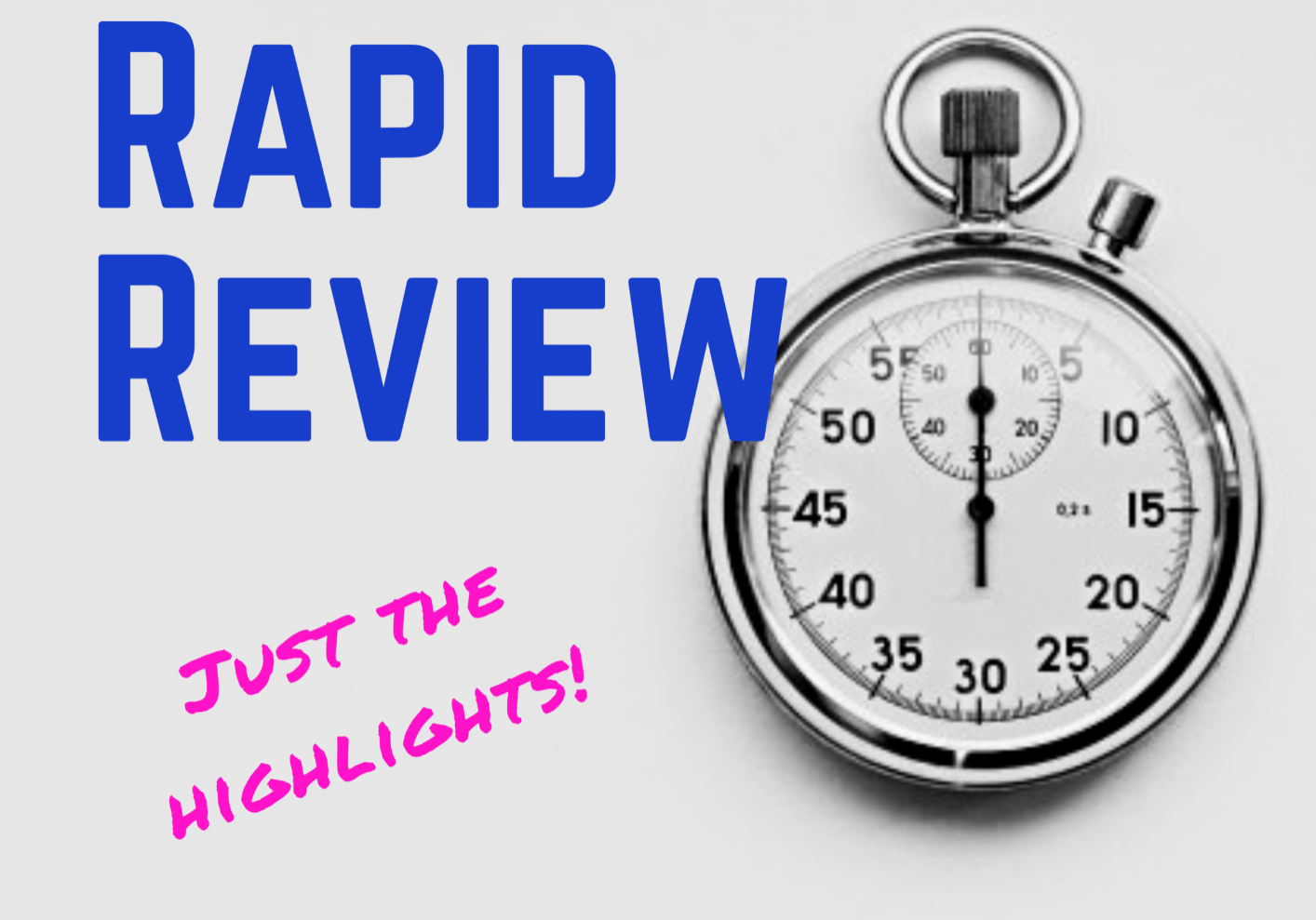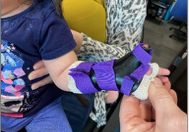What is it:
Vagus nerve stimulation (VNS) is a medical treatment that uses a device to deliver electrical impulses to the vagus nerve, which runs on both sides of the body from the lower brain through the neck to the chest and stomach. The left vagus nerve is typically used for this procedure, as simulating the right vagus nerve could affect heart function instead. The vagus nerve can alter how brain cells work and play a key role in regulating various bodily functions. Therefore, when stimulated, it can influence brain activity by sending electrical signals to different areas of the brain, often referred to as a “pacemaker for the brain.” An implantable device is placed in the neck to aid in managing conditions like epilepsy, depression, and even stroke. VNS provides a therapeutic option for patients with certain conditions who meet the requirements for surgery.

Requirements for surgery:
Epilepsy
- Suffer from seizures that do not respond to anti-seizure medicines
- Focal epilepsy
- 4 years and older
Depression
- Treatment resistant depression (hard to treat/long lasting)
- No improvements after attempting 4 or more medicines or electroconvulsive therapy, or both
- Proceed with depression treatment while having vagus nerve stimulation and be 18 years or older
- Ischemic stroke (blocked blood flow)
- Limited function of hands and arms
- Willingness to go through intensive therapy following surgery
Possible side effects following surgery:
- Tingling of the skin
- Voice changes (hoarse voice)
- Trouble swallowing and throat pain
Hand Therapy Treatment and Vagus Nerve Stimulation (VNS)
For stroke patients undergoing vagus nerve stimulation (VNS), hand therapy plays a vital role in maximizing functional recovery of the affected upper limb. Many stroke survivors experience weakness, spasticity, and impaired coordination in their hands and arms, making everyday tasks challenging. Research has shown that combining VNS with structured rehabilitation enhances neuroplasticity, the brain’s ability to reorganize and form new neural connections. This means that targeted hand therapy interventions can be even more effective when paired with VNS, improving grip strength, dexterity, and overall hand function.
Hand therapy treatment following VNS typically focuses on repetitive, task-specific exercises to encourage motor relearning. Techniques such as constraint-induced movement therapy (CIMT), mirror therapy, and functional electrical stimulation (FES) can be incorporated to further enhance recovery. Additionally, sensory re-education strategies, including vibration therapy, textured object identification, and proprioceptive training, can help restore sensory deficits in the affected hand. These interventions, when performed consistently, can help patients regain independence in activities of daily living, such as buttoning shirts, holding utensils, or using a phone.
Another key component of hand therapy post-VNS is patient education and home exercise programs. Therapists often provide customized exercises that patients can perform at home to maintain progress between therapy sessions. The use of adaptive equipment, such as grip aids or modified utensils, may also be introduced to facilitate functional independence while recovery continues. With a dedicated rehabilitation plan and the neuromodulatory benefits of VNS, stroke survivors have an improved chance of regaining meaningful hand and arm function over time.
References:
Mayo Foundation for Medical Education and Research. (2023, April 18). Vagus nerve stimulation. Mayo Clinic. https://www.mayoclinic.org/tests-procedures/vagus-nerve-stimulation/about/pac-20384565
Professional, C. C. medical. (2024, June 27). Vagus nerve stimulation (VNS): What it is, uses & side effects. Cleveland Clinic. https://my.clevelandclinic.org/health/treatments/17598-vagus-nerve-stimulation
More To Read
Assessing and Improving Grip with the Squegg
Assessing and Improving Grip with the Squegg By: Megan Prather “Grip training is made fun” In hand therapy we are always looking for engaging new interventions to use with patients. The Squegg is a dynamic grip-training tool that can be used with clients both to assess grip strength and to improve strength across sessions. This…
Read MoreWhen should you use a Static Progressive Splint in Hand Therapy?
Flowers, K. (2002). A proposed decision hierarchy for splinting the stiff joint, with an emphasis on force application parameters. Journal of Hand Therapy, 15, 158–162. The Skinny- The article proposes a decision hierarchy to determine when you should apply a static progressive or dynamic orthosis. The decision hierarchy uses a modified Weeks test (MWT). The…
Read MoreSplinting and Stretch Protocol for Pediatric Trigger Thumb
Tan, A. C., Lam, K. S., & Lee, E. H. (2002). The Treatment Outcome of Trigger Thumb in Children. Journal of Pediatric Orthopaedics B, 11(3), 256-259. The Skinny:Pediatric trigger thumb is a “relatively uncommon” condition of unknown origins. Studies have indicated that spontaneous recovery of trigger thumb is around 25-40%, and chances increase with age.…
Read MoreSign-up to Get Updates Straight to Your Inbox!
Sign up with us and we will send you regular blog posts on everything hand therapy, notices every time we upload new videos and tutorials, along with handout, protocols, and other useful information.




